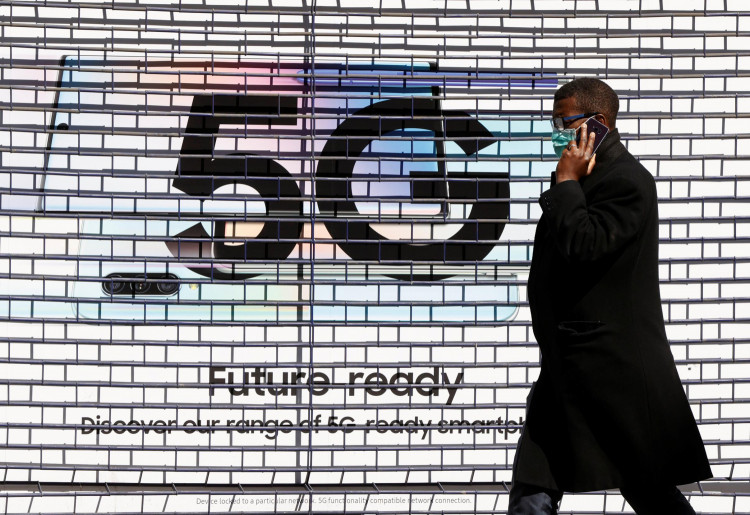Now that the consolidation of Sprint and T-Mobile has been completed, T-Mobile is going to make some major improvements on the network which will provide access to the highly-touted 5G frequencies.
T-Mobile uses the 2.5 GHz spectrum it gained to carry 2.5 GHz 5G to Philadelphia customers via the Sprint merger. It's already seeing fast speeds in the city and it says New York City subscribers should expect the same 5G service next. The mid-band spectrum will provide 5G in the next few years, T-Mobile said, that is up to eight times faster than existing LTE.
After the two companies concluded their historic merger earlier in April, T-Mobile and Sprint are taking the first steps towards combining their networks. Besides the 5G extension, T-Mobile is also boosting its LTE network for Sprint customers to use while roaming, which it claims will open more than twice the number of LTE sites than the existing network of Sprint.
T-Mobile President of Technology Neville Ray hinted on April 1 that Philadelphia was already receiving the mid-band spectrum service. On YouTube Tuesday, he said that it is just the start. Clients across the United States will benefit from this "super-charged 5G," he said.
Karri Kuoppamaki, T-Mobile's vice president of radio network technology and strategy, disclosed that the carrier is now getting download speeds of almost 600Mbps in Philadelphia during initial phase of tests of the company's midband 5G deployment.
A good number of T-Mobile's 5G gadgets -- 2019's OnePlus 7T Pro 5G McLaren and the Samsung Galaxy Note 10 Plus 5G including this year's series of Samsung Galaxy S20 5G smartphones, LG's V60 ThinQ 5G and the soon to launch OnePlus 8 -- will have the capacity to link into T-Mobile's mid-band 5G network as it goes into full swing.
T-Mobile is also bringing its latest 5G technology to Detroit, Columbus, Ohio, and St. Louis. The carrier will continue to use its low-band 600 MHz spectrum as the core of its 5G infrastructure in these areas.
As the 2.5GHz 5G network is a non-standalone system, the 5G extension is not as easy as just clicking a switch, meaning that it depends on existing 4G hardware to function. The company therefore has to set up new antennas at its current T-Mobile cell sites to allow T-Mobile users access.
One of its major commitments to get the consolidation with Sprint approved by the federal government, T-Mobile vowed to cover almost 100 percent of the U.S. population with 5G in six years. And they are well on their way, Kuoppamaki said.






